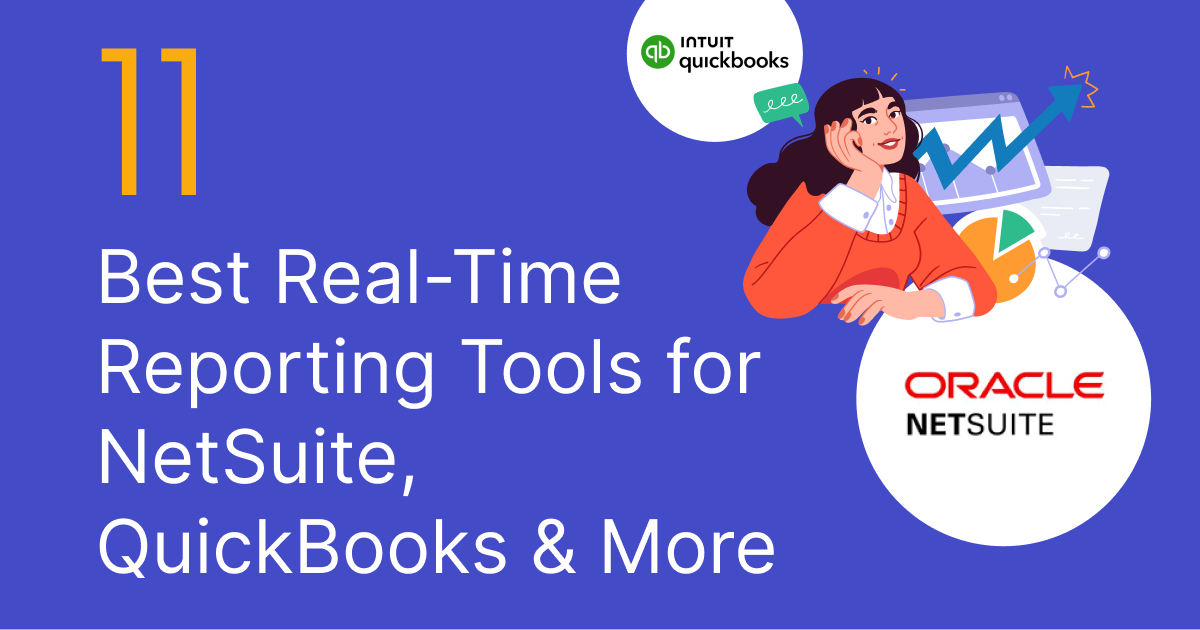
Real time reporting tools that integrate with everyday software such as Netsuite and Quickbooks are incredibly important. These reporting software tools help connect the data to all the decision makers in the business.
This way they see real time data and can make the most informed decisions. In addition, many of the real time reporting tools on the list have AI capabilities which helps create automated presentations and automates data consolidation.
With their help, you have accurate and up-to-date information about not only your business operations but financial performance, too. There are numerous NetSuite and QuickBooks financial reporting tools to choose from that will offer these insights. That said, they aren’t all created equally.
Let’s get started and explore some of the top solutions.
Top Real-Time Reporting Tools Comparison
Here, we’re going to explore some of the top options, breaking them down by their standout features, pricing, and other details.
1) Datarails CONNECT

The real-time advanced financial reporting tools offered by Datarails CONNECT help businesses consolidate and manage data from different sources more effortlessly than ever. With these actionable insights, your confidence in business decision-making is bolstered because you’ll know these decisions were made with the most precise data backing them.
For teams who want to make use of their information in strategic planning and operational effectiveness improvement, Datarails CONNECT is hard to beat. Known for its user-friendliness and flexibility, this option stands out for teams who need a solution that’s easy to implement but proves to be incredibly useful.
Speaking to its user-friendliness, CONNECT has quickly earned a reputation for being a reporting tool you can use without needing customer support.
- Key Features: One-click data exporting from ERP systems to Excel, ad-hoc and cross-departmental reporting, and real-time automated reporting.
- Pricing: Available upon request.
2) DOMO

Domo is a popular reporting platform that strives to: “Move from basic charts and graphs to data experiences that fuel “Aha!” insights and action in the moments that matter.” Part of these data experiences is having access to AI-powered chat and guidance to ensure you’re accurately and efficiently utilizing the platform.
It’s also versatile in user-friendliness—it facilitates the creation of both low-code and pro-code apps, as well as a variety of streamlined processes that enhance decision-making. Whether you intend to rely on it for fundamental data exploration or to connect your team and evolve as a data-driven organization, Domo is well-known for its customizable dashboarding tools.
- Key Features: AI-powered chat and guidance, low-code and pro-code app creation, customizable dashboards, cloud data warehouse integration, drag-and-drop ETL tools
- Pricing: Offers a 30-day free trial and three paid plans with usage-based pricing available upon request.
3) Striim
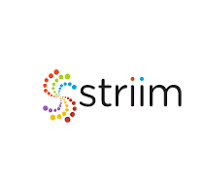
Another reporting tool backed by the power of AI, Striim is regarded for its ability to learn from live data and continuously improve reporting with these insights. For those who want to connect with other databases like AWD and Azure, it features more than 100 connectors (as well as Change Data Capture).
Some of its other popular connectors include:
- Stripe
- ZenDesk
- SalesForce
- HubSpot
- DataBrick
When they deploy this platform, users have the choice of two tools: Striim Cloud for a fully-managed approach or Striim Platform for a self-managed version.
- Key Features: Built-in connectors, Change Data Capture, data pipeline monitoring, low-code/no-code integration, intelligent schema evolution, and integration for ML and AI.
- Pricing: Offers a free trial and a “free forever” plan as well as paid plans starting at $1000 per month.
4) Grow

Marketed as a “decision-making platform,” Grow is a real-time reporting option worth considering if your focus is on using data for this purpose. It also has more than 75 integrations, including Quickbooks, Google Analytics, HubSpot, and more than 150 other data sources.
One of its standout features is that it doesn’t charge per seat or user. Instead, Grow clients are permitted to add unlimited users to create a single data source. This is a no-code platform that’s user-friendly and easy to implement.
- Key Features: Real-time data analytics, over 75 integrations and 150+ data sources, customizable dashboards, unlimited users per data source, and no-code platform.
- Pricing: Offers a free seven-day trial, and paid plan pricing is available upon request.
5) JetReports
True to its name, Jet Reports proves to be a speedy reporting tool from Insight Software that is accessible and adaptable without the need for programming. It helps solve common challenges like complex data structures, overly technical reporting, slow reporting cycles, and limited data analysis.
Jet Reports also integrates with various ERM/EPM, and it has IT-free export. Some of its notable integrations include:
- Oracle
- Sage
- Deltek
- Infor
- Epicor
Jet Reports can be used on-prem or via the cloud.
- Key Features: Drag and drop reports, immediate data, customized dashboards, self-service reporting, and numerous integrations.
- Pricing: Available upon request.
6) Logi Symphony
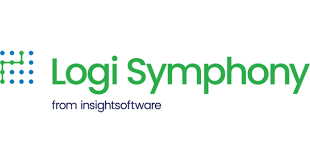
Purposely designed for software teams looking for truly self-service platforms, Logi Symphony is worth considering. Also from Insight Software, Logi Symphony is an embedded analytics software that offers more advanced customization options for even the most specific requirements.
Much of what makes this platform stand out comes down to its visual capabilities. From design elements to extensive data visualization capabilities, it can bring data to life. Because it connects directly to your data sources and leverages existing hardware, it circumvents heavy data modeling along with duplicate costs.
- Key Features: Branded analytics, low-code, no-code design, adaptive security, cloud-ready microservices architecture, z-Engine, and smart data connectors.
- Pricing: Contact Insight Software for pricing.
7) Achievelt

Whether your organization is hoping to reduce manual labor, boost efficiency, or promote widespread collaboration, Achievelt is a strategy execution software that can help. Following a five-step plan (Plan, Automate, Manage, Analyze, Achieve). AcheiveIt not only helps you build a strategy, but also allows you to properly execute it.
Users in most industries can utilize this platform, including finance, healthcare, education, and utilities.
- Key Features: Automates project tracking, connects key programs and projects, customization, birds-eye view, and more detailed reports.
- Pricing: AchieveIt offers three paid plans, and pricing is available upon request.
8) WhatAGraph

Built for marketing teams, WhatAGraph is a platform that brings life to marketing data for strategizing and implementing successful campaigns. It doesn’t require any third-party tools or extensive set-up processes, so marketing teams can start utilizing it quickly.
It’s an easy-to-scale option that’s also fast, reliable, and customizable. Because it was made for marketing data, users can trust they’re choosing a platform with their specific needs in mind. Notably, WhatAGraphl is not an Excel-based platform, but it does offer a similar experience.
- Key Features: High-level marketing dashboards, campaign-specific reports and data visualizations, and integrations with 45+ platforms, including Google Sheets and Ahrefs.
- Pricing: Contact WhatAGraph for pricing.
9) Planful
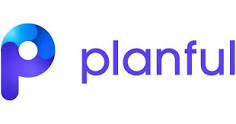
Another option for financial performance management software is Planful—a scalable and user-friendly option. Their Solution Hub is one of Planful’s most compelling features. It comes with a library of pre-built solutions and users can also take interactive tools to ensure they’re getting the most out of it.
- Key Features: Several data integrations, AI- and ML-driven insights, minimal IT effort required, and purpose-built for financial reporting.
- Pricing: No free trial, and prices are not published as they are tier-based.
10) Precoro

Intended to make organizational spending workflows more transparent and predictable, Precoro offers a solution to error-prone manual data entry and interpretation. It is capable of handling the most detailed workflows to bring more clarity and accuracy to budgets and spend management in general.
It’s an adaptable platform that allows users to choose only the functions they will utilize and it has an average implementation period of two weeks.
- Key Features: Integrates with platforms like Slack, Amazon Business Punch-In, and Xero, customizable but not complex, has a new mobile app.
- Pricing: Basic plans start at $249/month, and they also offer tailored pricing plans upon request.
11) OneStream Software
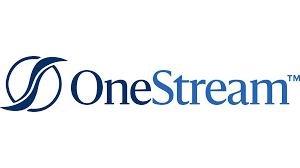
OneStream Software is an enterprise finance platform with AI embedded for more robust insights. Specific to finance teams, OneStream accurately performs several tasks, including forecasting and budgeting. Companies in most sectors rely on this platform, including healthcare, and manufacturing.
- Key Features: Extensive reporting capabilities, GenAI, unified data management, quick creation of reports, and actionable insights.
- Pricing: Request a demo or contact OneStream Software for pricing information.
Real-Time Financial Reporting with Datarails CONNECT
Now that you have a better understanding of some top financial reporting tools on the market, let’s talk about your next steps.
Begin by booking a demo with Datarails to see CONNECT in action and find out why more organizations rely on this platform to integrate with their chosen financial reporting tools and provide them with the precious data they need.
Did you learn a lot about real-time reporting tools in this article?
Here are three more to read next: